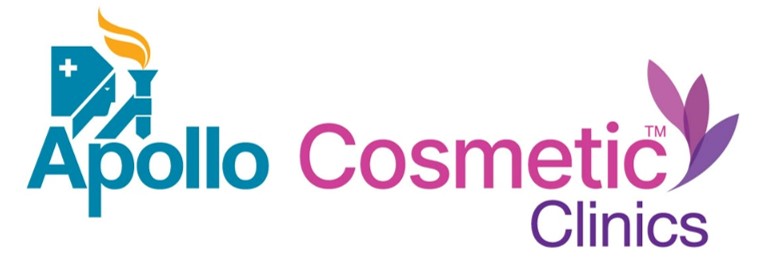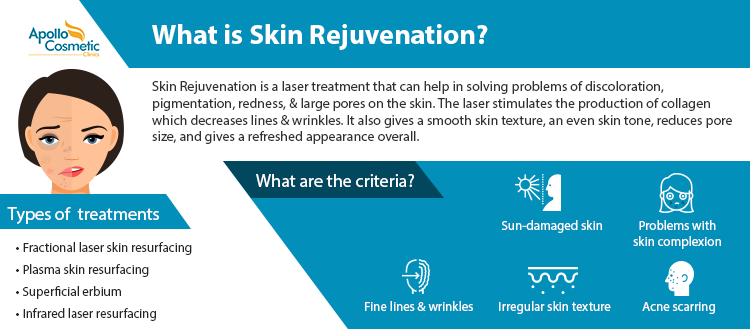Skin rejuvenation procedure & Recovery process
A healthy and a beautiful skin is the dream of every person. A healthy skin defines beauty and it is important to cater to the needs and to take proper care of the skin. You deserve to look best laser skin rejuvenation is the latest and the most interesting cosmetic procedure of the present time which can help you.
What is skin rejuvenation?
Laser toning is a method performed to bring back the smoothness of the skin and to get rid of the tanning on the face. Laser toning helps in rejuvenating and revitalizing the skin. The laser works in stimulating the production of collagen which generates new collagen and decreases the lines and wrinkles. Skin Rejuvenation is a laser treatment that can help in solving the problem of discoloration, pigmentation, redness, and large pores on the skin. It gives a refreshed appearance, smooth skin texture, an even skin tone, and also reduces the pore size of the skin.
Skin Rejuvenation can be performed under the following conditions:
- Sun-damaged skin
- Undesired skin complexion
- Fine lines and wrinkles
- Irregular skin texture
- Acne scarring
Types of Skin Rejuvenation procedures:
- Fractional laser skin resurfacing. This treats microscopic columns of skin. The treated areas of the skin are surrounded by untreated areas. The result is a visible improvement without much bleeding or scabbing.
- Plasma skin resurfacing. This technique uses plasma energy to destroy the lower layers of skin. It does not affect the top layer of skin. This top layer protects the lower layers of skin as they heal.
- Superficial erbium: YAG laser resurfacing. This is a mild laser treatment method. It works best for minor wrinkles and other skin problems.
- Infrared laser resurfacing. It targets deeper layers of the skin with heat to smooth and tighten the skin.
Preparing For The Procedure
Before the surgery, you will have to visit the doctor, as he would want to examine your facial skin to provide the right kind of treatment. He will discuss the pros and cons of the surgery, and also the possible side effects. You can discuss your expectations from the surgery. You will have to stop the use of certain cosmetics as it may increase the side effects or may have a harmful reaction.
Procedure
The areas to be treated are cleaned and marked with a pen. A nerve block with a local anesthetic is usually used to numb the area before treatment. You may also get medicine to help you relax. If your whole face is going to be treated, you may need pain relievers, sedation, or stronger anesthesia. You may need to wear goggles to prevent eye damage by the laser. And wet towels will be placed around the area to absorb excess laser pulses.
The laser is passed over the skin, sending out pulses. The number of passes needed depends on how large the area is and what type of skin is being treated. Thin skin around the eyes, for instance, needs very few passes with the laser. Thicker skin or skin with more severe lesions will need more passes.
The pulses from the laser may sting or burn slightly. In most cases, there is little or no bleeding. When the treatment is done, the area is covered with a clean dressing or ointment.
Recovery Steps
The time needed to heal and recover after laser resurfacing depends on how big and deep the treated area is. Someone who has the full face resurfaced, for example, will take longer to recover than someone who has only a small area of skin treated.
In most cases, the wounded area will be pink, tender, and swollen for at least several days. Cold packs and nonsteroidal anti-inflammatory drugs may help reduce swelling and pain. After the skin grows back, the skin will stay red for several weeks.
Proper care of the treated area while the skin heals is very important.
- Rinse the skin several times a day with cool tap water to avoid infection. Avoid soaps and perfumes.
- Change the ointment or dressing in the treated area to keep the area moist. This will help the skin heal.
- Avoid sun exposure. After the peeling has stopped, use sunscreen every day. The new skin is more likely to be damaged by the sun.
Read About Best Home Remedies for Skin Rejuvenation.

